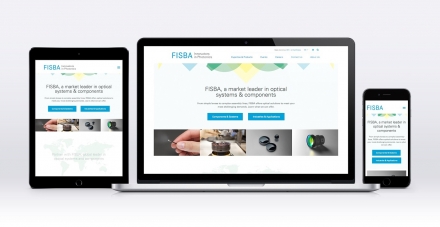

The additions to version 7.1 of Simatic PCS 7 relate to virtually all function areas. For engineering, the “Advanced Process Library” offers several new operating modes and facilitates enhanced interaction between operator and equipment.
Example highlights are the “Local” and “Out of Service” operating modes as well as faceplate views such as “Preview” and “Note”. Easy-to-use interlocking modules with first-signal information are also provided. Commissioning can now be simulated in advance directly on the operator station.
With the new “CFC-Forcing” function, users can manually enter values for interconnected inputs, to simulate functionality. This shortens testing times and therefore configuration time during commissioning and maintenance. In addition, the new version has made automation of complex batch processes more flexible, through online modification of master recipes.
The user interface in version 7.1 of Simatic PCS 7 has also been modified with the aim of achieving greater efficiency and productivity. An optimized color scheme and improved alarm functions mean that operating personnel can see critical states faster. New faceplates and trending capabilities create a higher degree of data transparency, allowing operators to react quickly to process changes. Process images for large displays with a 16:9/16:10 wide-screen format allow more space for additional information. New ergonomic icons and task-oriented faceplates in the Advanced Process Library V7.1 provide the user with a coherent control environment and uniform display of status information.
Furthermore, the faceplates can easily be adapted to the respective operating philosophy of the plant . For example, confirmation steps can be stipulated for when a motor starts operating. With the new “Interlock” faceplates, the operator can quickly check the status of interlock conditions and navigate to the source of the interlock.
In version 7.1 of Simatic PCS 7, the polling and analysis of historical and current process data have been simplified. The improved “Trend Control” function allows access to and visualization of trends directly at the operator station. With the new “Data Monitor” tool a direct connection to process data can be established in Excel. The user is thus able to utilize efficient analysis and reporting functions in the familiar Excel environment. MES (Manufacturing Execution Systems) and MIS (Management Information System) software has access to these data via the OpenPCS 7 interface.
The operator system now offers freely configurable “Alarm Control” functions as well, which enable alarms to be displayed and processed effectively. “Alarm Control” includes, for example, individual filtering of alarms and export of alarms for thorough analysis of critical plant states. In addition, the maintenance functions have been improved. For example, diagnostic information now provided to web clients via a web server, offers greater maintenance flexibility. The maintenance information can be transferred by LAN, SMS or e-mail.












